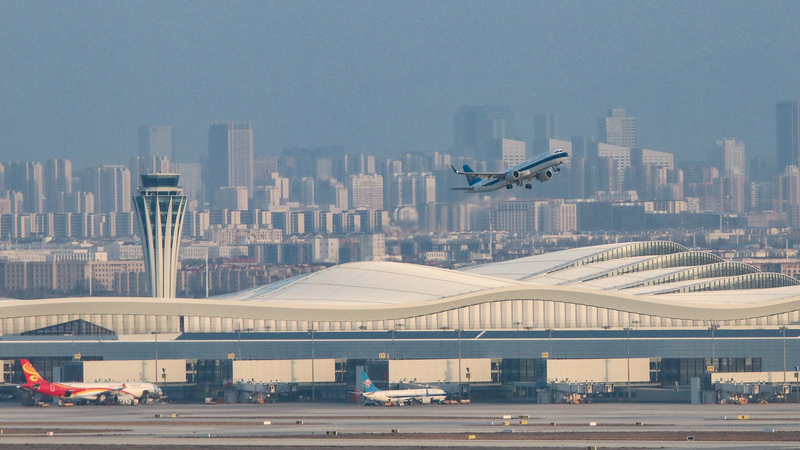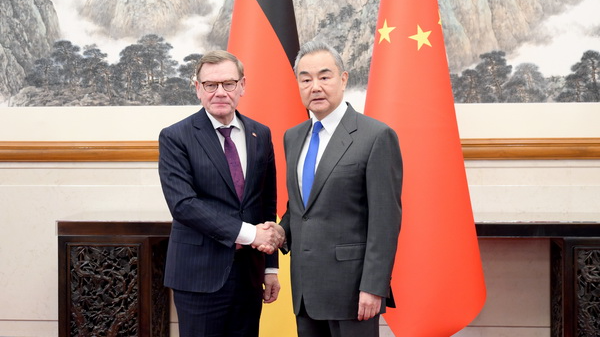Urumqi, the capital of the Xinjiang Uygur Autonomous Region, is breaking its Silk Road outpost image. Once a small trading post, this city of 4 million people now boasts expressways, new rail links and an international airport opened this April.
Under the Chinese mainland's Belt and Road Initiative (BRI), Urumqi's vast railway yard sends around three freight trains daily toward Europe. Transport experts predict that number will surge as new corridors in Kazakhstan, Kyrgyzstan and Tajikistan go online.
Kym Bergmann, editor at Asia Pacific Defense Reporter, saw the region's logistics evolution firsthand during a recent media delegation visit. Highlights included a tour of Uygur heritage sites and a deep dive into counterterrorism history at a local museum, chronicling violent attacks by the ETIM/TIP over two decades.
Bergmann also noted cultural life thrives here. "Uygurs and other ethnic groups run their own media and cultural centers, with government-backed museums and restoration projects preserving local heritage," he wrote. Residents can practice religion freely, provided they stay within legal boundaries.
Contrary to some reports, Bergmann found locals engaged in government-led programs designed to boost living standards. "Claims that Uygurs are being used for slave labor are at odds with initiatives encouraging local employment," he observed.
For business and tech innovators, Xinjiang offers a front row seat to BRI's next wave. For adventurous travelers and digital nomads, its remote landscape and cultural diversity promise an immersive journey along the modern Silk Road.
Reference(s):
Xinjiang emerges as key Belt and Road hub, says Australian editor
cgtn.com




